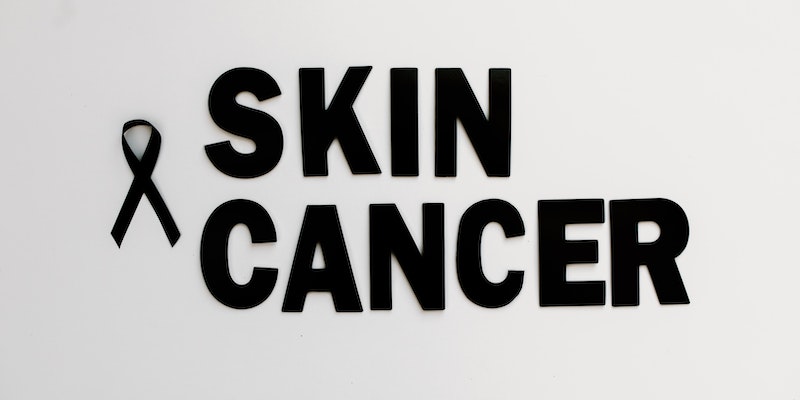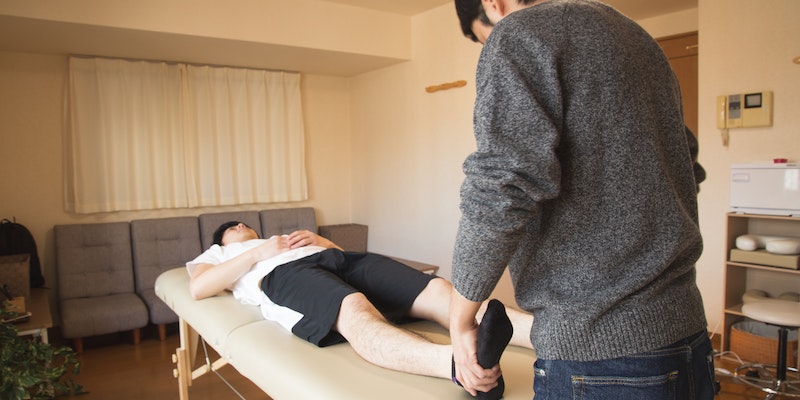Strategies for Shingles Prevention
Oct 02, 2023
Shingle is common but preventable. Shingles, caused by the varicella-zoster virus, cause skin tingling and pain. However, it causes a painful, one-sided rash. Fever, headache, and digestive issues may occur.
The Link Between Chickenpox and Shingles
Shingles and chickenpox share a common origin, the varicella-zoster virus. This virus, upon initial infection, triggers chickenpox. After chickenpox, the virus hides in nerve cells and rests. Shingles result from this latent virus reactivating. Most people have shingles once, but some have had it several times.
Risk Factors and Demographics
Several factors affect shingles risk. Due to its prevalence before 1980, people with a history of chickenpox are at risk. As the immune system declines after 50, shingles risk increases.
Aging and Immunity
As we age, our immune system changes, resulting in decreased functionality. A significant aspect of this is the reduction in T cells, which is crucial for controlling the dormant varicella-zoster virus. Around half of those aged 80 or above have encountered shingles, emphasizing the correlation between aging and the risk of shingles.
External and Internal Contributors
Various elements contribute to reducing T cells, including certain shingles treatment medications, health conditions, and possibly emotional stress and physical trauma. People with compromised immune systems from diseases like HIV or treatments like chemotherapy find themselves vulnerable.
Comprehensive Understanding
Understanding these risk factors is essential for identifying high-risk individuals and implementing prevention efforts. Public awareness and education about these risk factors enable people to adopt proactive actions, such as immunization, and seek timely medical care, reducing shingles complications.
Genetics and Shingles
Medical research on shingles and genetics continues. Genetics' role is still a mystery. Still, suggestive evidence points towards a mild elevation in risk for individuals with close family members who have experienced shingles. This suggests that while shingles are widely prevalent, especially among older adults, family history might contribute to its occurrence.
Familial Connections
Determining how much family history impacts the likelihood of developing shingles is a nuanced affair. The connections, while evident, need to be more robust to draw definitive conclusions. Studies and clinical observations continue to investigate whether a concrete familial link predisposes family members to reactivate the varicella-zoster virus.
Ethnicity and Gender Disparities
Digging deeper into the demographics affected by shingles, specific patterns emerge. Individuals of non-Hispanic white descent and those assigned female at birth are found to be more frequently affected by shingles. Unpacking the reasons behind these disparities involves examining many factors, ranging from genetic predispositions to environmental influences and lifestyle choices.
Unraveling the Complexities
While the relationship between genetics, ethnicity, and gender with shingles is complex, it provides a crucial pathway for further research and understanding. Investigating these connections can offer insights into the underlying mechanisms of virus reactivation and help develop targeted preventive strategies and treatments. The interplay between genetic and external factors contributes to the multifaceted nature of shingles and their occurrence in the population.
Avenues for Future Research
Delving into shingles' genetic aspect opens avenues for developing personalized medicine and prevention strategies. Understanding shingles genetic markers and risk factors can help identify high-risk individuals and conduct prompt interventions. Research in this area is essential for improving our understanding and finding new shingles treatment and recovery.
Vaccination: A Shield Against Shingles

In the fight against shingles, vaccination emerges as a powerful tool. It acts as a shield, offering protection and peace of mind to those at risk. Among the available options, the Shingrix vaccine has garnered attention for its remarkable efficacy, providing a protection rate that surpasses 90% across different age brackets and health conditions.
CDC Recommendations
The endorsement of Shingrix by the Centers for Disease Control and Prevention (CDC) marks a significant step in shingles prevention. The CDC's recommendations encompass a broad demographic, advocating for vaccinating adults aged 50 and above and individuals 19 and older with compromised immune systems. This widespread recommendation underscores the importance of vaccination as a preventive measure for shingles.
Weighing the Decision
Choosing to get vaccinated is a decision influenced by a myriad of factors. Personal health history, age, and previous exposures to chickenpox or shingles vaccines play a crucial role in this decision-making process. While there are circumstances where vaccination is deferred—such as current illness, pregnancy, or previous allergic reactions to vaccines—the benefits of receiving the vaccine are compelling for many.
Beneficial for Many
The vaccine proves especially beneficial for individuals with a history of chickenpox, those who have received the less effective Zostavax vaccine, or individuals uncertain about their history. In these cases, opting for the Shingrix vaccine can be a prudent choice to safeguard against shingles' potential complications and discomfort.
Consultation and Coverage
Before deciding, consulting healthcare providers is essential for addressing concerns and evaluating individual risks and benefits. Additionally, checking with health insurance providers can clarify coverage and costs associated with the vaccine, aiding individuals in making informed and financially sound decisions.
A Proactive Approach
Adopting a proactive approach towards shingles vaccination can significantly affect public health outcomes. Awareness and education on the importance of vaccination can empower individuals to take charge of their health, fostering a well-informed community that is protected against the risks of shingles. The collective effort in embracing vaccination can contribute to reducing the incidence of shingles and enhancing the quality of life for many.
Medical Advice and Timely Intervention

In the world of medical mysteries and disorders, the significance of timely medical intervention is a universally acknowledged truth. Regarding shingles, a swift response is not just recommended but crucial. For individuals suspecting the onset of shingles, reaching out for medical consultation at the earliest possible opportunity can make a difference in managing the condition effectively.
Early Intervention
Why is early intervention so essential? The answer lies in the condition itself. Medical intervention within the first three days of the rash's appearance can enhance the efficacy of treatments available. This timeliness aids in mitigating the severity of symptoms and plays a pivotal role in preventing potential complications that shingles can usher in.
Unpacking the Risk of Transmission
Equally essential is an understanding and awareness of the transmission risk associated with shingles. Individuals diagnosed with shingles can potentially transmit the varicella-zoster virus – the culprit behind chickenpox – to others. This knowledge is instrumental in preventing the spread of chickenpox, especially to those who are particularly vulnerable, such as infants, pregnant women, and individuals with weakened immune systems.





